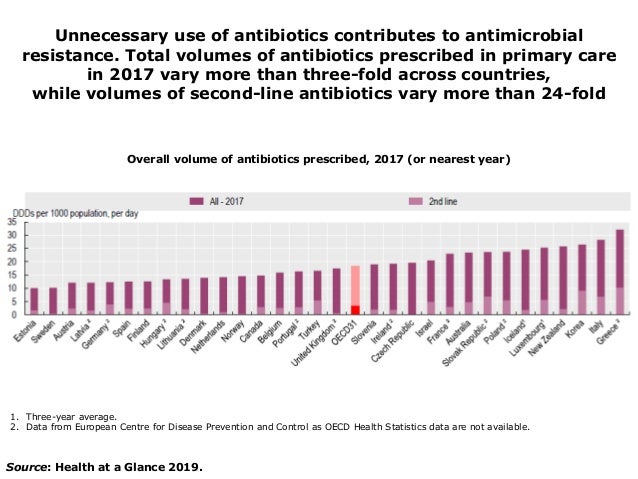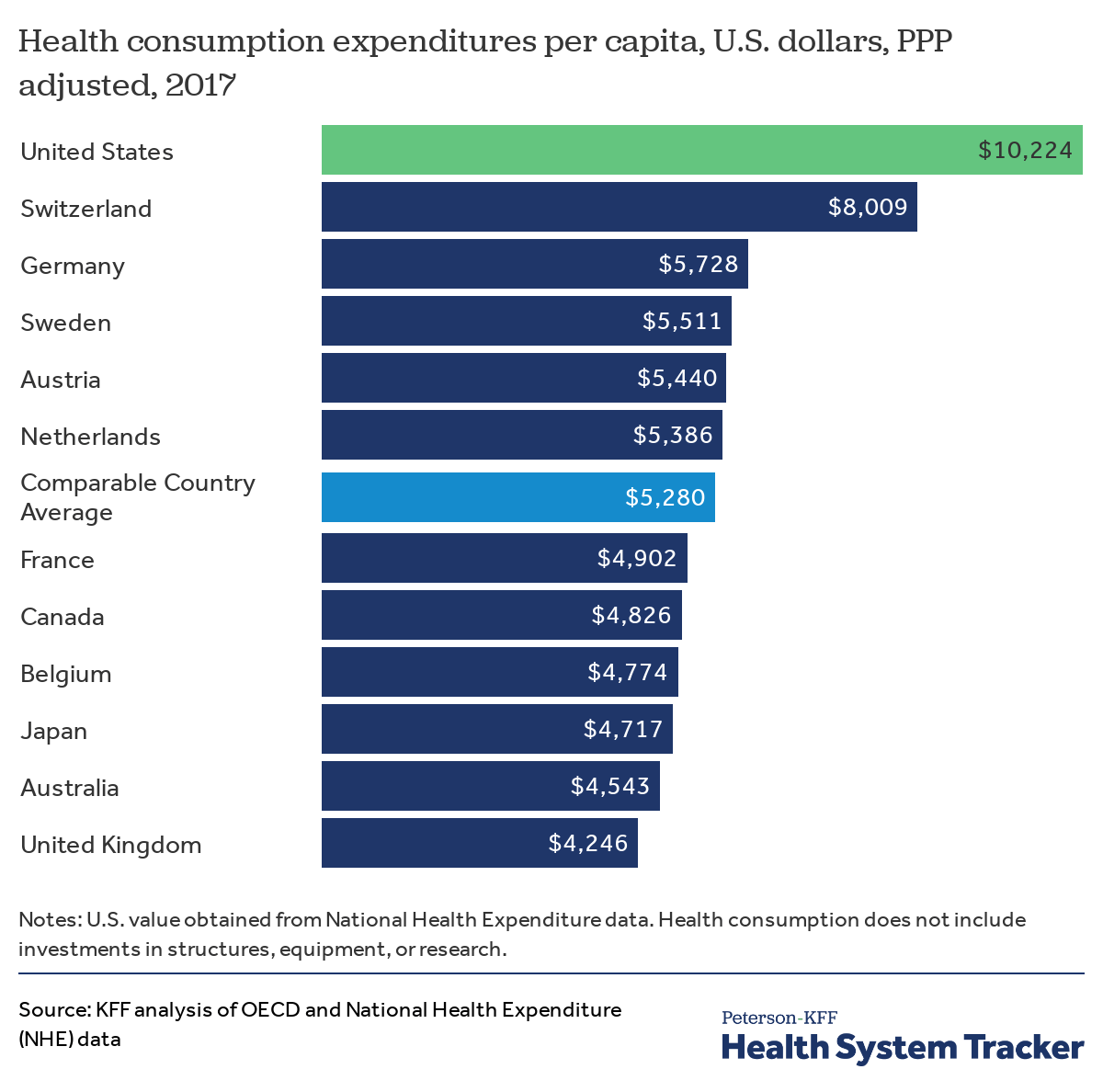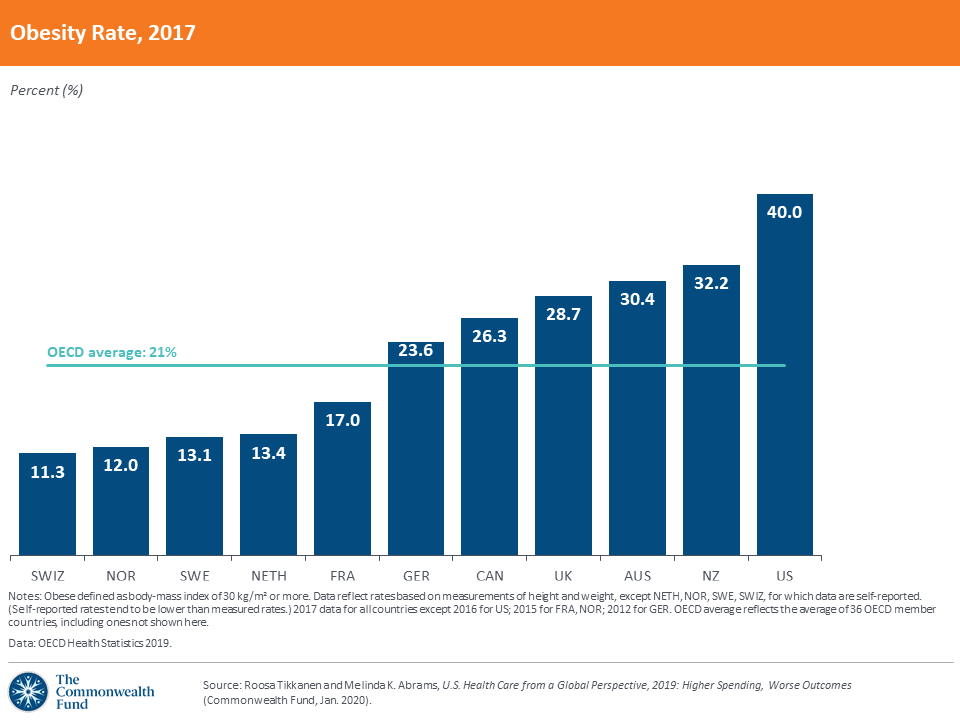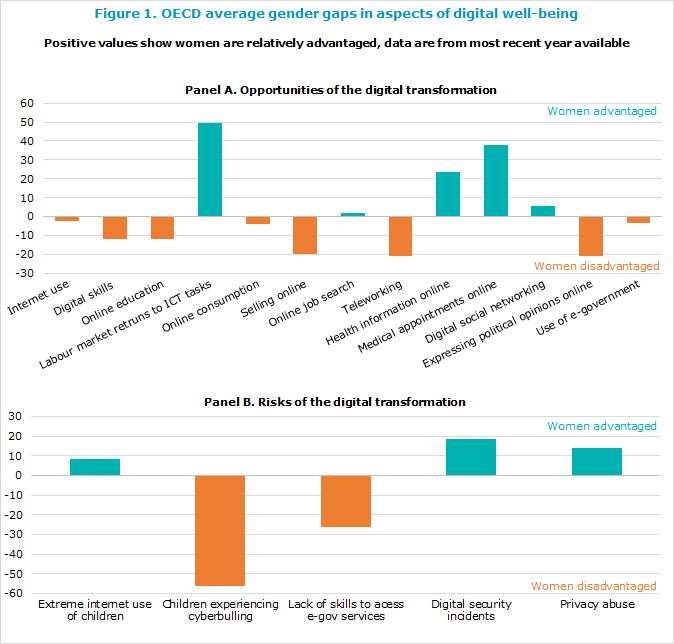Oecd Health Statistics 2019 Data Refer To 2017

Data and research on health including biotechnology cancer health care health spending health insurance fitness dementia disability obesity smoking genetics and mortality the oecd carries out work on health data and indicators to improve international comparisons and economic analyses of health systems.
Oecd health statistics 2019 data refer to 2017. The statistical data for israel are supplied by and under the responsibility of the relevant israeli authorities. Health at a glance compares key indicators for population health and health system performance across oecd members candidate and partner countries. Oecd health statistics 2019 note. The country health profiles are the result of joint work between the oecd and the european observatory on health systems and policies.
A substantial proportion of health spending is funded out of public resources which mainly refer to funding from government revenues generated from tax income and social insurance contributions. Unnecessary use of antibiotics contributes to antimicrobial resistance. It highlights how countries differ in terms of the health status and health seeking behaviour of their citizens. Data and research on health including biotechnology cancer health care health spending health insurance fitness dementia disability obesity smoking genetics and mortality the 2019 country health profiles have been released on november 28.
Data from european centre for disease prevention and control as oecd health statistics data are not available. Total volumes of antibiotics prescribed in primary care. In 2017 they financed around 71 of health expenditure across the oecd. In 2019 before the onset of the coronavirus pandemic average health spending as a share of gdp across the oecd was around 8 8.
Health at a glance 2019. Across the oecd 8 8 of the gdp was dedicated to improve and preserve the health of the population in 2017. And the resources available for health. Access to and quality of health care.


































